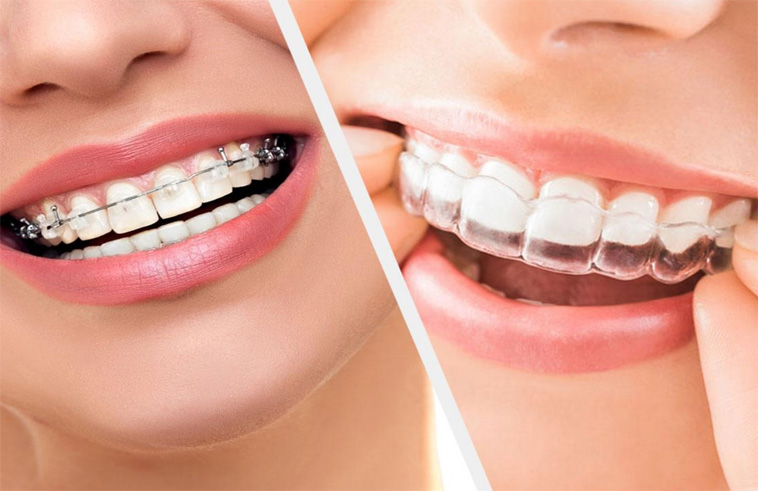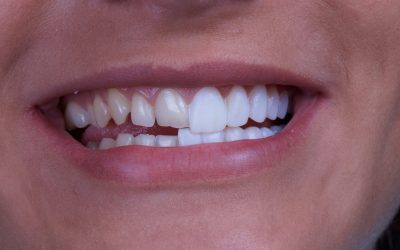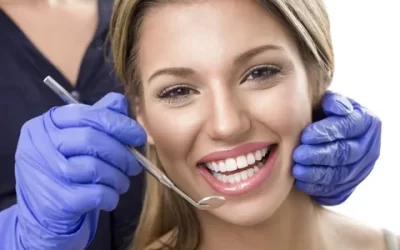Orthodontic treatment; encompasses various problems related to teeth, jaw, and face. Braces applications are the best solution for such problems. Orthodontic treatments are performed at an early age to ensure the healthy development of teeth and their placement in the correct positions in the inner jaw.
In addition, orthodontic treatments eliminate closing disorders in the lower and upper jaws. It provides a stronger mouth structure, a more impressive smile, and more durable teeth.
How and Why Do Orthodontic Problems Occur?
It is caused by the incorrect positioning of the teeth in the inner jaw and this mostly happens during the developmental stage.
Different conditions that require orthodontic treatment are:
- Crowding (Not enough space in the jaw area for the proper alignment of the teeth)
- One or more teeth are missing in the mouth, and the other teeth start to slide into that space.
- Jaw locking
- Cleft palate-lip
- Curved, backward, or forward chin, inconsistency between the chin and face
- Wide gaps between teeth
- The excessive appearance of gums while smiling
- Early extraction of milk teeth
- Problems with biting, chewing
When Did Orthodontics First Appears?
The orthodontics treatments started about 3 centuries ago. The foundation of this department was laid by Pierre Fauchard. Fauchard developed a simple orthodontic instrument in 1723 and observed the movements of the teeth with it.
In the following years, more advanced devices began to be produced
Modern orthodontics has a history of 20-30 years. With the development of distraction screws and surgical methods, orthodontic treatment has become applicable from an early age. The point where braces come today includes many innovative treatments. For example; distraction osteogenesis, skeletal anchor systems, and clear plate treatment are some of them.
What are Orthodontic Treatment Methods And How Does the Process Go?
Orthodontic treatment; Is done for a specific purpose such as moving teeth affecting jaw growth, or muscles. The treatments applied are classified according to whether they are removable or fixed.
Fixed Orthodontic Applications
- Bracket Installation
This operation is performed with special tires and wires. Brackets are attached to the teeth. The wires are passed over them and apply force to the teeth. In this way, the teeth get bonded and start to move slowly over time and come to their optimal position. The duration of this treatment varies from a few months to several years.
- Special Fixed Applications
These apparatuses are used by direct attachment to the teeth. However, this treatment is considered the last alternative solution, as it can cause difficulties while eating.
- Fixed Placeholders
It is a treatment applied to individuals who have lost their primary teeth early until they have their permanent teeth. Temporarily treatment.
Removable Orthodontics Applications
- Retainer
In this method, the teeth are corrected with transparent plates. The wire is not used.
- Lip and Cheek Bumper
This treatment method is used to prevent the lip and cheek from getting between the teeth. It is an application that shows its effect by pushing the teeth back.
- Jaw Extender
Is the treatment method, which stands out among orthodontic treatment applications, provides expansion in the upper jaw. The force exerted by the screws moves the bone under the palate, thus helping to open the Jaw.
- Movable Reinforcers
This appliance prevents the teeth from regaining their former state after orthodontic treatment.
- Headgear
It is attached to the front of the head with the help of tape and a metal wire. It is used to slow down the development of the upper jaw. It keeps the back teeth fixed while moving the front teeth.
- Appliances
These are designed for changing the jaw position or for the treatment of Temporomandibular joint problems. They are placed on the upper or lower jaw. It is a preferred solution to correct closing disorders.
Is Orthodontic Treatment Painful?
It can be said that orthodontic test sessions and application sessions are generally painless. However, patients who have had braces for the first time may have difficulty adapting to it. Wounds can be observed in some cases after the treatment. These disappear on their own in about a week. After the braces are inserted and after the application sessions, pain may occur in the teeth. To prevent this, it is necessary to stay away from hard foods, cold & hot drinks, and not grind the teeth.
Transparent Plaques in Orthodontic Treatment?
Transparent plaques are used as an alternative to ordinary orthodontic treatment. It is also known as ‘wireless orthodontic treatment’. This innovative treatment saves patients from the discomfort caused by ordinary braces. The plaques are prepared using 3D printers.
Transparent braces “plaque” treatment is generally preferred in the following situations:
- To prevent the teeth from deteriorating again.
- Intermittent teeth
- Crowding in the teeth
- Incorrect closure of the jaw
The advantages of clear plaque treatment can be briefly listed as follows:
- Since no wire is used, it does not affect the appearance of the teeth. It is a good solution for those with aesthetic concerns. Because it is not noticeable from the outside.
- It has a removable feature. The person can take a break from the treatment during the day at any time. It provides convenience while eating.
- If you are using wire and you are going to attend an important event, meeting, or invitation, you will not feel comfortable talking or laughing. However, clear plates do not cause such a concern.
- Classical braces treatment requires force to be applied to the teeth. This also causes pain. In clear plates, this pain is minimal. Plates are changed weekly and patient comfort is maximized.
- Also, the metal surfaces of the wires can damage the lips and the inside of the cheek. Cuts and wounds may occur on the inner skin due to friction. However, the surface of transparent plaques is smooth.





